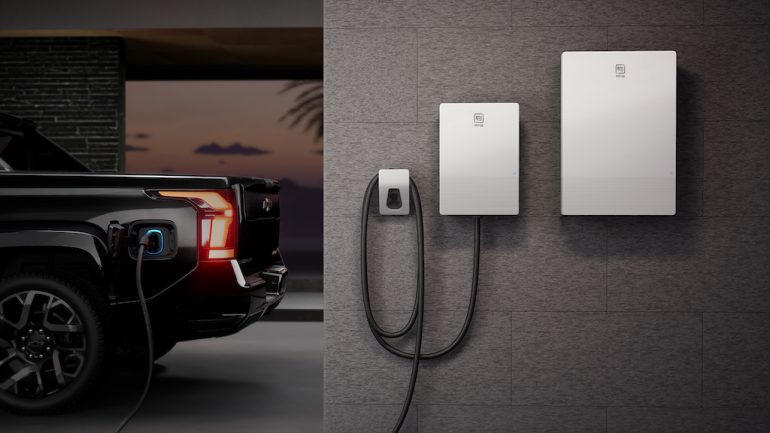
Bidirectional electric vehicle (EV) charging, also known as vehicle-to-grid (V2G) charging, is rapidly transitioning from a theoretical concept to a tangible reality, with automakers and various stakeholders eagerly embracing its potential. This innovative technology allows EV owners to charge their vehicles during off-peak hours, typically overnight, at lower rates and then sell excess power back to the grid during peak demand periods, turning their EVs into potential sources of revenue.
Nick Woolley, CEO of ev.energy, emphasizes the significant impact a large number of EVs could have on the grid, likening their collective power output to that of a nuclear power plant. While V2G capabilities were once limited to a few models like the Nissan Leaf, advancements in smart metering, artificial intelligence, and support from energy companies are expanding its feasibility.
Also, don’t forget that you can get discounted new car pricing with a free quote through qualified local dealer partners.
Major automakers, including GM, Tesla, BMW, Volkswagen, Renault, and Toyota, are gearing up to introduce V2G-capable models in the coming years, with Chinese manufacturers like BYD also joining the fray. The Chinese government’s commitment to V2G by 2030 further underscores its growing importance. Already, Chevrolet is slated to launch the Silverado EV with the capability of powering homes via bidirectional charging.
Despite regulatory hurdles in some regions, such as Germany, and the higher cost of bidirectional chargers compared to conventional ones, progress is evident. Initiatives like Octopus Energy’s V2G tariff in the UK, which incentivizes EV owners with free charging for overnight grid support, demonstrate the increasing practicality of bidirectional charging solutions.
Automakers are establishing their own energy units to capitalize on the V2G market potential, forming partnerships with utilities and aggregators to maximize revenue opportunities. GM, for instance, plans to equip all its EVs with bidirectional capability by 2026 and explore various avenues for energy sales and partnerships with utilities like Duke Energy.
Beyond financial gains, V2G offers benefits like cheaper energy bills for consumers, as demonstrated by participants in pilot schemes like Octopus Energy’s. Grid balancing services provided by companies like Monta and Driivz are already in operation, showcasing the potential for V2G to contribute to grid stability and efficiency.
To fully realize the potential of V2G, accurate pricing and forecasting tools will be crucial, along with effective management of grid loads and partnerships across the automotive and energy sectors. Platforms like Kaluza and The Mobility House are emerging as key intermediaries, facilitating the aggregation of EVs across multiple brands for efficient energy trading.
In this evolving landscape, collaboration between automakers, energy companies, and technology providers will be essential to unlock the full benefits of bidirectional EV charging and accelerate its adoption worldwide.